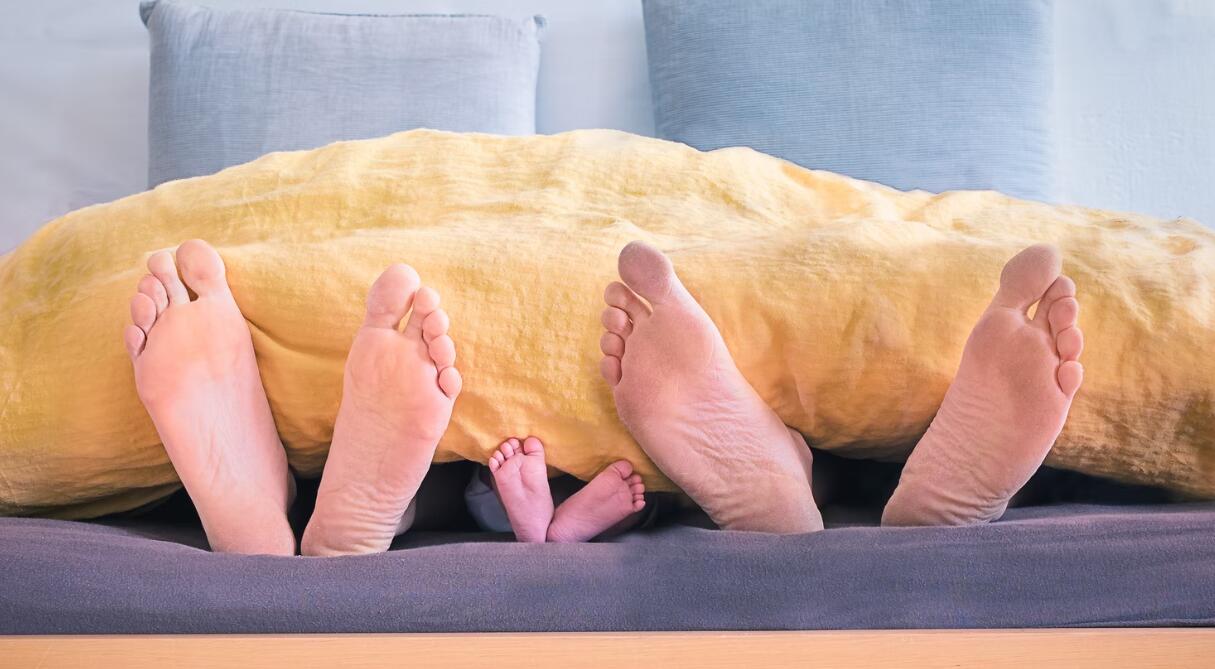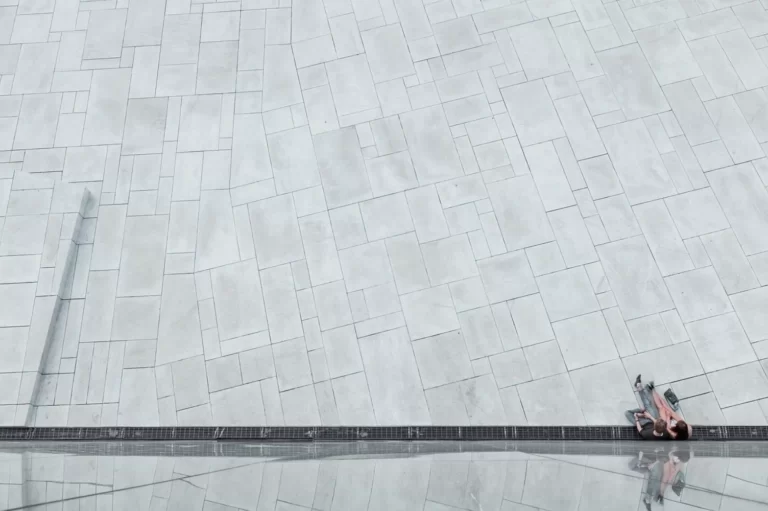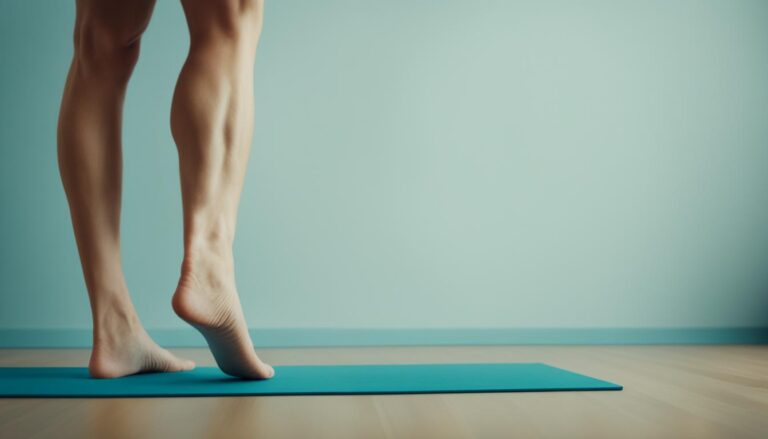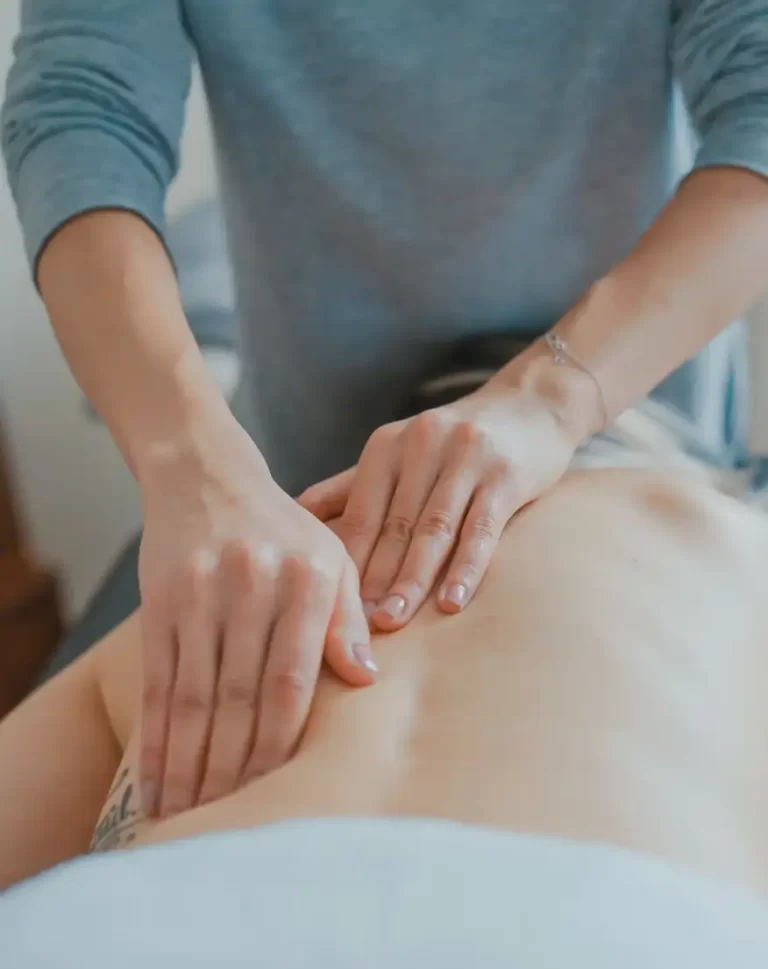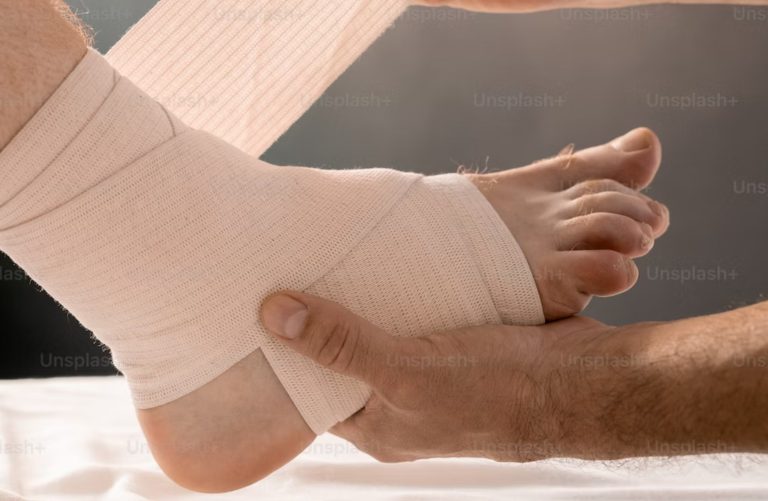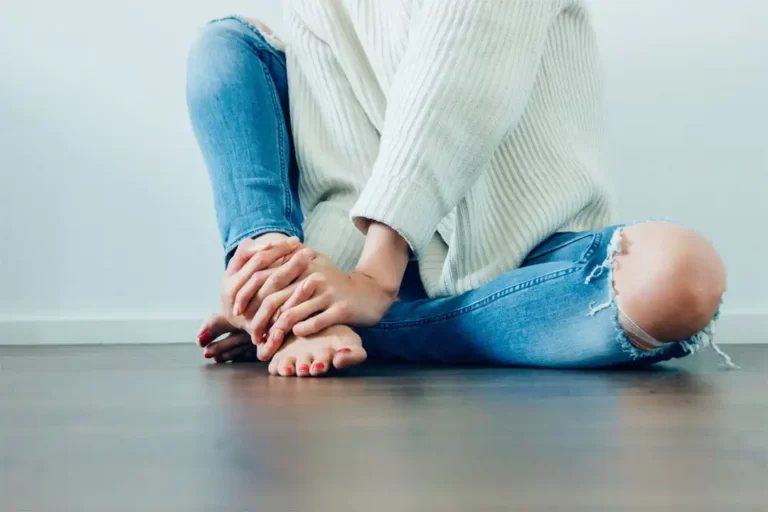12 Amazing Facts Cause Flat Feet
Flat feet, also known as fallen arches, are a normal part of development during childhood that most children outgrow. Flat feet are more common in women than men and affect about one-fifth of adults. If you have flat feet, it does not mean you have to live with pain or that there is something wrong with your body. It just means that your foot has less arch than normal and can lead to certain problems like heel pain or sprains if you do not wear proper shoes for support.
As such, having flat feet doesn’t mean you need medical treatment. If anything, shoe insoles and orthotics could actually be harmful for kids who have otherwise healthy feet but may be experiencing other types of pain (like shin splints) due to improper footwear. The best way to deal with this issue is by taking steps toward good posture and strengthening the muscles around the arch so that when the time comes for them to support your weight again—maybe after having children? Or maybe wearing high heels all day at work?—your body will naturally know what it needs without any help from outside sources.
What causes flat feet? we find 12 interesting facts about the cause of flat feet.
Fact 1:There can be a genetic connection to flat feet.
- Genetics are not the only cause of flat feet. If you have family members with flat feet, there may be a genetic connection to your own condition.
- Genetics can play a role in how flat feet develop. If one or both parents have flat feet, there’s a greater chance that their children will also develop the condition. This is because genetics determine the shape of our bones, which ultimately affects how much space there is inside our shoes and what kind of arch supports we need to wear (or not).
- Genetics can also affect how flat feet are treated or inherited. In some cases, doctors might recommend braces to help realign the ankle so that it has better posture and alignment throughout everyday activities like walking around town or at work all day long
- Finally, if you happen to belong to certain ethnic groups such as Asian Americans or African Americans then this means there’s even more reason why it’s important for them too take extra steps towards preventing any future problems down the road
Fact 2:Babies have flat feet.
Flat feet are a normal part of childhood, especially in babies.
Babies’ bones and joints aren’t as developed as adults’, so their feet tend to be flat. As a child grows and develops, the arches can strengthen and develop over time—or they may never develop at all. Flat feet are more common in children than adults because it’s easier for children’s bones and joints to grow into the shape of their environment (like an arch).
Fact 3:Heel pain can be caused by flat feet.
You might be thinking, “Well, that’s interesting. But how does this relate to me?”
Well, if you have flat feet and experience heel pain, it could be that your flat feet are the culprit. Flat feet are often associated with bunions and hammertoe (a deformity of the toes), but they can also lead to plantar fasciitis—inflammation of your plantar fascia (the thick ligament that runs from your heel bone up to your toes). This inflammation may cause pain in the bottom of your foot or even in other areas like the arch or ball of your foot.* If you have flat feet and suffer from heel pain caused by plantar fasciitis, try wearing a shoe insert like Roaming Feet Insoles for extra support when standing for long periods.
Fact 4:Flat feet are linked to bunions.
Bunions are a type of foot deformity that occurs when the big toe deviates toward the other toes. They’re also known as hallux valgus, or bony bumps at the base of your big toe joint, and they can be caused by wearing high heels or shoes that are too tight or too big.
Fact 5:Flat feet can be caused by a stiff or weak posterior tibial tendon (PTT).
The posterior tibial tendon (PTT) is a tendon in the calf that runs from the muscle to the heel bone. It’s part of your ankle joint, but it can also be considered a muscle because it controls how much you bend your foot inwards (inversion).
The PTT helps you walk and run on uneven surfaces, but it can become stiff or weak if it’s not used properly. When this happens, your foot may tilt outwards when you’re standing still or walking slowly. Flat feet are often caused by having weak or stiff PTTs.
Fact 6:Flat feet and high blood pressure is linked.
Another interesting fact is that flat feet and high blood pressure are linked. If you have flat feet, it means that your arch is not being supported by the muscles and tendons in the foot. As a result, it will be more difficult for your heart to pump blood up to your brain. This can lead to high blood pressure which can cause serious health issues down the line such as heart disease or stroke if left untreated for too long.
Fact 7:Poor balance and flat feet are linked.
- Flat feet are a common cause of poor balance, especially in children and adults who haven’t had them corrected. If you don’t have perfect posture, your body will compensate for that by leaning forward on the balls of your feet and dropping your heels to keep from falling over. This puts more pressure on the inner part of the foot and reduces some stability, which can lead to tripping or slipping when walking quickly. In addition, because flat feet tend to be inherited as an autosomal dominant trait (meaning that only one copy of the gene is necessary), if both parents have them then there’s a good chance that their children will inherit them as well. When this happens while they’re growing up, it can affect their ability to walk properly when they’re older because their balance may not develop normally due to having weak ankles and reduced shock absorption in the soles of their feet
Fact 8:Flat feet can be caused by arthritis, gout, and diabetes.
Flat feet can be caused by arthritis, gout, and diabetes. Arthritis causes inflammation of the joints and gout is a form of joint inflammation that occurs when there’s too much uric acid in your blood stream. Diabetes is a condition where you have too much sugar in your blood.
If you suffer from one of these conditions or have a family history of them, it’s important to talk to your doctor about any treatment options that can help prevent flat feet from occurring later on down the road.
Fact 9:Obesity or being overweight can cause flat feet.
There are many factors that can cause flat feet, but obesity or being overweight is one of the most common. The more weight you carry, the more pressure there is on your feet. The more pressure there is on your feet, the more likely they are to flatten out. The sad truth about this is that extra weight has been shown to be one of the biggest risk factors for developing foot problems in general!
Fact 10:Pregnant women can suddenly develop flat feet.
Many people who have flat feet will develop them as they age. However, there are certain instances where you could suddenly develop flat feet during pregnancy.
Pregnancy causes the body to produce more estrogen, which can cause the ligaments that connect your bones to loosen up a bit and make it easier for you to slip on slippery surfaces or fall off of chairs. This condition is called hypermobility and it’s more common in women than men because we have a higher percentage of fat tissue in our bodies—and it takes less force for our ligaments to stretch out as a result.
If you have hypermobility and become pregnant while already having flat feet, this could exacerbate any existing issues with your joints or tendons. You may also notice that your arches begin to flatten out even more during this time period because of all the extra weight being placed on them by carrying around an additional human being inside of their womb!
Fact 11:Aging weakens ligaments and can lead to flat feet.
The average lifespan of your ligaments is about 10 years, which means that by the time you’re 50, your ligaments have already begun to weaken. This can lead to flat feet and other problems like bunions, hammertoes and spinal deformities. The National Institutes of Health estimates that as many as 40 percent of people over 65 are afflicted with flat feet—and the more active you are with age (whether you’re an athlete or not), the more likely it is that this will occur in your later years.
You may wonder why women seem more likely than men to suffer from these types of conditions; this is because their bones tend to osteopenia earlier than their male counterparts’ do due to estrogen deficiency. In addition:
- Elderly people who spend a lot of time sitting on hard surfaces such as concrete floors may also become flat-footed due to compression between bone spurs (osteophytes) in the heel bone’s attachment sites within joints called subtalar joints (aka calcaneocuboid joints). This type of flatfoot condition—called pes planus—may also develop if someone has had previous foot surgery or injury related surgeries involving their foot’s bones/tendons/ligaments; so anyone who has undergone one or both procedures should be especially vigilant about maintaining good posture for as long after them as possible!
- People with diabetes tend experience foot complications including arthritis pain caused by nerve damage resulting from high blood sugar levels affecting nerves throughout their bodies including those located in our toes’ tips–which could result in painful sensations when walking around barefoot on hard surfaces such as concrete floors all day long without protection such
Fact 12:Tight Achilles tendons in the calf of the leg are linked to flat feet.
It’s not just your flat feet that can cause you pain, but your tight Achilles tendons in the calf of your leg can also lead to pain in other areas. Tight Achilles tendons are linked to heel pain, ankle pain, knee pain, back pain, and hip pain.
And this isn’t just a flat foot problem. It’s a problem with most people who have a normal arch. If you have an elevated arch (overpronate), this will increase the tension on these tendons as well and make them even tighter.
Conclusion
As you can see, flat feet aren’t as bad as they seem. In fact, if you have a flat foot, there are plenty of ways to make it better. If you’re still worried about your toes and the way the rest of your foot looks when walking around on them all day long, then we suggest getting yourself some shoes with good arch support or conducting some exercises that will strengthen up those muscles around there.

